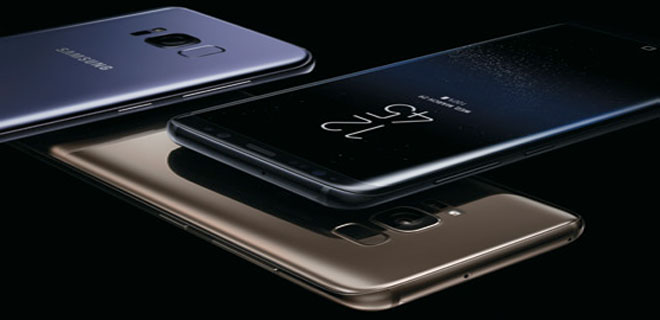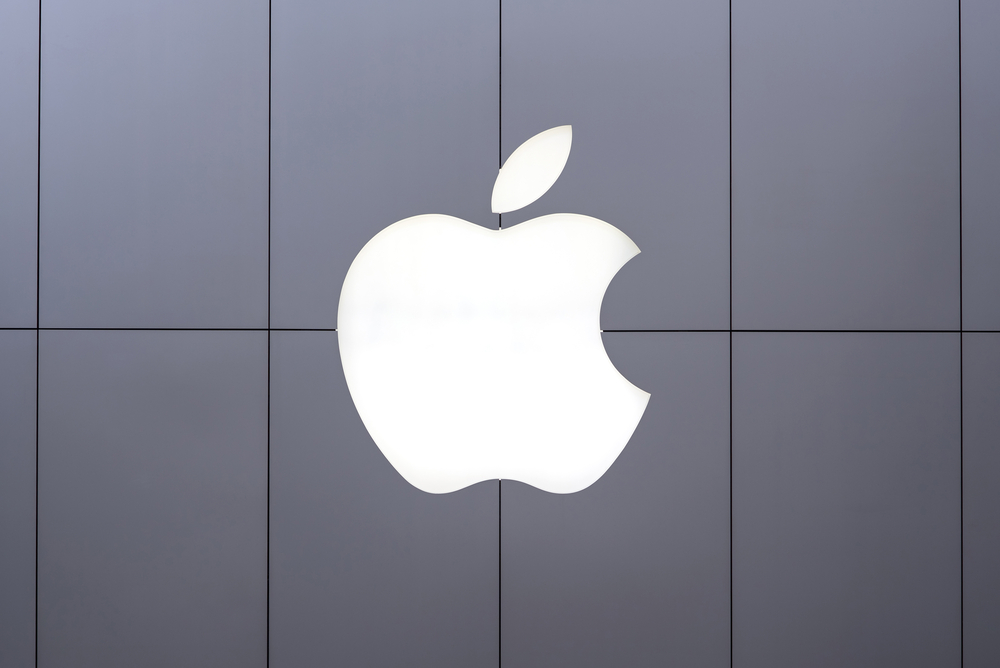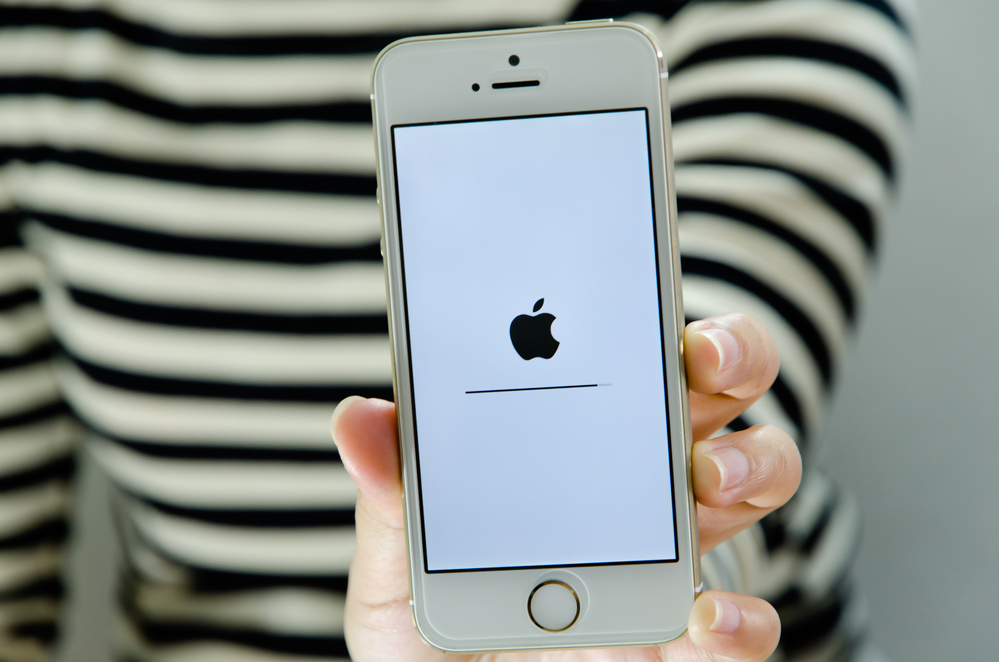Samsung S8 vs LG G6
Comparing smartphone models from the two Korean heavyweights is not easy

The future is borderless, at least that’s what Samsung and LG will have you believe. No, neither is solving pressing world conflicts but both have kitted their latest flagship devices—the S8/S8+ and the LG G6—with expansive screens that barely have a border around them. If you’re wondering which is a better fit for you, read on to see how these two stack up, it’s a lot closer than you’d think!
Design
With their curved displays, metal and glass design and the absence of a space-consuming physical home button, Samsung has delivered a stunning design marvel on the S8 and S8+, packing in large 5.8 and 6.2-inch displays into the frames of what would normally be 5.2 and 5.5-inch phones. LG’s approach is far more practical and utilitarian. While the rear is curved metal and glass, the front is flat with slightly raised corners for better impact protection, making LG more durable. The fingerprint scanner/power button placement on the rear of the G6 is also in a far more sensible position.
Winner: LG scores high on durability, while Samsung edges ahead on the wow factor
Display
While both LG and Samsung have adopted a tall screen design, which allows them to pack in a bigger display without sacrificing width, Samsung’s thinning down on the top and bottom bezels gives S8/S8+ the ability to pack in a better screen-to-body ratio than the LG G6. Both are pretty great displays - resolutions are similar, as are aspect ratios in these devices, which means that while regular Android apps will scale to fit the taller displays, games and most videos will run with black bars on either side. The G6 supports HDR and Dolby Vision display tech, both of which translate to better contrast and vivid colours, but Samsung’s AMOLED screen turns out punchier colours and better black levels than LG’s LCD can produce.
Winner: While G6's screen is beautiful, the S8s offer richer colours and better contrast, not to mention two size options
Specs and Performance
Samsung’s S8 series launched in India with their latest proprietary Exynos 8895 chip which brings power efficiency and performance benefits and a jump in battery life over the LG. In contrast, LG uses 2016’s darling, the Qualcomm Snapdragon 821 processor. Both the phones are blazing fast and can multitask without breaking a sweat, but there’s the niggling feeling that you are paying for last year’s hardware at this year’s flagship prices with LG. Both pack in 4GB of memory, 64GB of storage and microSD card expandability.
Winner: Samsung, no contest
Audio
The LG G6 is equipped with a 32-bit Hi-Fi Quad DAC audio tech which, when coupled with a great pair of headphones, make a discernible difference in audio quality and even reduces ambient noise levels during music playback. Samsung’s USP this time around is support for the Bluetooth 5.0 standard, which supports Dual Audio – the ability to connect to two Bluetooth audio devices (speakers, headsets) at the same time.
Winner: Draw
Cameras
Samsung cameras have been the one to beat in mobile photography. The 12MP dual pixel camera astounds with fast autofocus and great low-light performance, and there’s improved image processing this time around as well. Samsung has stuck to a single-lens setup, which means the camera doesn't offer depth-sensing or optical zoom capabilities. The G6 scores on versatility with its dual 13MP cameras on the back, it has a regular 71-degree camera with f/1.8 lens and optical image stabilisation which compares well across shooting conditions with this year’s flagships, but there’s a second lens that goes a whole 125-degree wide to give you incredible perspectives on city and landscape shots.
Winner: G6 for the combination of a great primary camera and the added versatility of its second camera
Ecosystem and Special Features
At launch, Samsung’s Bixby assistant is a bit of a damp squib, as it replicates much of the functionality of Google Assistant, which is also available on the S8/S8+ courtesy the Android 7.0 OS. Iris scanning for security is a nice addition but I suspect it only somewhat compensates for the poorly placed fingerprint scanner. More interesting is the optional accessory called DeX, a desktop dock that puts Android on a bigger monitor and lets you use the phone as a mini PC, complete with mouse and keyboard support. The latest Gear 360-degree camera and Gear VR virtual reality headsets are excellent ecosystem products as well.
Winner: Samsung
Pricing and Verdict
The G6 is the best LG phone in years and compares rather favourably to the latest S8s. If you’re not someone who cares about pure performance specs, it offers a more sensible, mature design, unique (and usable) camera setup and better audio and doesn't let you down particularly in any department. Yet, it’s priced uncomfortably close (Rs 51,990) to the S8 to make a strong enough case for itself in the face of the Samsung’s drop-dead-gorgeous looks. The sheer appeal of that expansive screen and class-leading performance. Perhaps, at a reduced price, LG may start making more sense, but for now, spend a little more and pick up the S8 or S8+, priced at Rs 57,900 and Rs 64,900 respectively, for the best flagship of the year so far.









